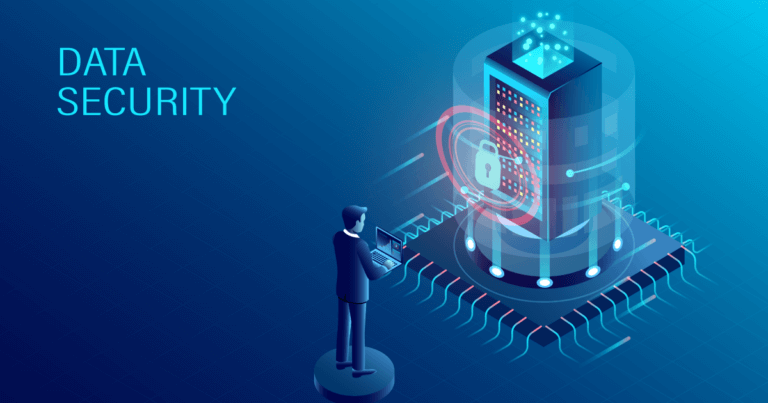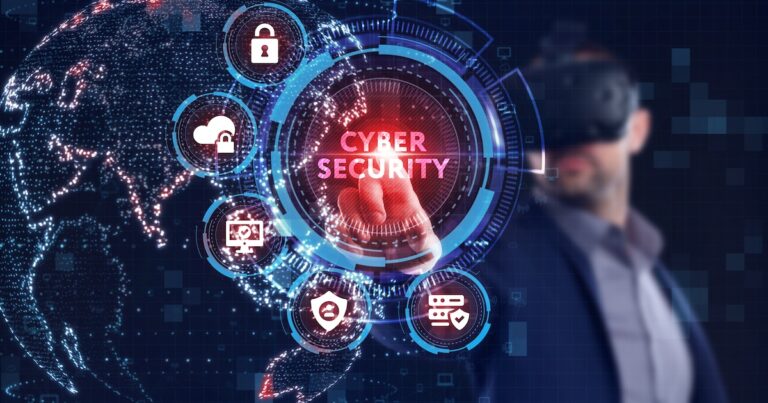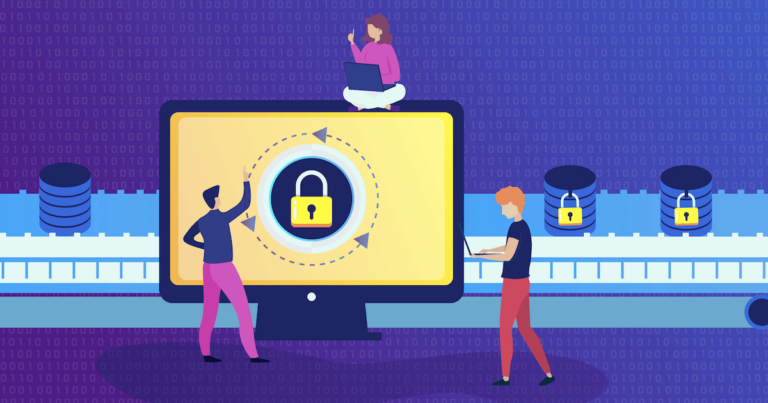Data security is the amalgamation of best practices and the technology of protecting valuable and sensitive company and customer data, for instance, personal or financial information. Every business now collects, stores, and manages valuable data in the cloud. Hackers look for sensitive information in the cloud-based applications such as the personal information of customers or employees, financial or payment data, and intellectual property. Hence, data security in the cloud and its best practices become a crucial element in protecting a company’s reputation and fiscal condition.
Importance Of Data Security in Cloud For A Company?
Data protection refers to a company’s preventive measures to prevent unauthorized access to its files, websites, and computers. Essentially, these measures and procedures protect against data loss or corruption. Whether you run a small or large business, data protection is critical and should not be ignored to prevent security breaches. As a result, if you want to secure your business from attacks, you must consider introducing data security solutions within your cloud deployments as soon as possible.
Types Of Data Security Controls
Understanding the significance of data security will assist you in developing a strategy to secure the data. There are multiple data management tools and processes that businesses can adopt to stay productive while protecting data. The following are examples of data security controls:
1. The CIA Principles
A simple but widely applicable information security model is the CIA that stands for confidentiality, integrity, and availability. This principle applies to the entire subject of security analysis. If any one of the three can be violated, it can have dire consequences for the parties concerned.
a. Confidentiality
Companies are required to maintain the confidentiality of the business data. It is the ability to hide information from people unauthorized to view the information. As these are the most attacked security areas, efforts should be made to ensure the confidentiality of the data.
b. Integrity
Maintaining the integrity of data is crucial. It ensures an accurate and unmodified representation of the original secure information. One type of security attack is intercepting some important data and modifying it before sending it to the intended receiver.
c. Availability
It is important to develop an ability to ensure that relevant information is readily available to the authorized user at all times. Some security attacks attempt to invalidate access to the appropriate user, either to make them uncomfortable or because some secondary effect occurs. For example, by breaking down the website for a particular search engine, a competitor may become more popular.
2. Authentication
In conjunction with authorization, authentication is one of the most recommended methods for improving data protection and preventing data breaches. Authentication software checks whether a user’s credentials match those in your database. Passwords, PINS, identification codes, a swipe card, or biometrics are some of the methods used in today’s standard authentication systems to recognize an authenticated person. Single sign-on technology makes authentication easy by allowing an authenticated user access to various devices, platforms, and apps with only one security token. What an authorized user can do or see on your website or server is determined by authorization technologies.
3. Access Control
The method of authentication and authorization is known as access management. The following are examples of access management systems:
- Discretionary access management (the least restrictive) requires users or associations to access information depending on their identities.
- Role-based access management that grants users access to specific information based on their organizational role.
- A system administrator may use mandatory access control to restrict access to all files.
4. Tokenization
Tokenization replaces confidential data with random characters that are not reversible algorithmically. Moreover, a secure database lookup table is used to store the relationship between the data and its token values in case of encryption. The token that represents the actual data is used as a substitution in various schemes. Although the actual data is stored on a distinct, protected platform, the token representing the real data is used as a placeholder through various networks.
5. Encryption
Data encryption software converts plain text into encrypted ciphertext using a cipher and an encryption key. The cipher data would be unreadable to an unauthorized user. Only a person with an activated key will decrypt the data after that. Encryption is used to secure data stored at rest and data shared between accounts, mobile devices, and the cloud (called data in transit). Protecting the sensitive management processes, managing a safe, off-site encryption backup, and limiting access are all things that must be done safely with encryption keys.
6. Backups & Recovery
Use encryption keys that help you protect the sensitive management processes, enable you to manage a safe, off-site encryption backup, and put limited access. Making a copy of the files and saving it on a different device or medium, such as a cassette, disc, or the cloud, is what a data backup means. You can then use your backup to restore missing files.
7. Data Masking
Data masking applications obscure data by using proxy characters to obscure letters and numbers. Under the masking, the data is still there. And after an authorized recipient gets the data, does the program convert it back to its original state.
Top Data Security Trends
Artificial
Since AI can handle vast volumes of data, it enhances the capabilities of a data protection framework. Cognitive computing, a branch of AI, accomplishes the same tasks as other AI programs by simulating human thought processes. In the case of computer management, this enables quick decision-making in times of crisis.
Multi-cloud Security
As cloud capabilities have grown, the concept of data protection has widened. Organizations now need more complex strategies to secure their records and their software and proprietary business processes that operate on public and private clouds.
Conclusion
Adding extra layers of data protection to your company’s equipment and systems could go a long way toward preventing unauthorized access. While some may believe that hackers only target large corporations, they generally target small businesses because they have simpler processes and fewer security measures than large corporations. As a result, if you want to prevent data breaches, make sure to prioritize your data security requirements.




